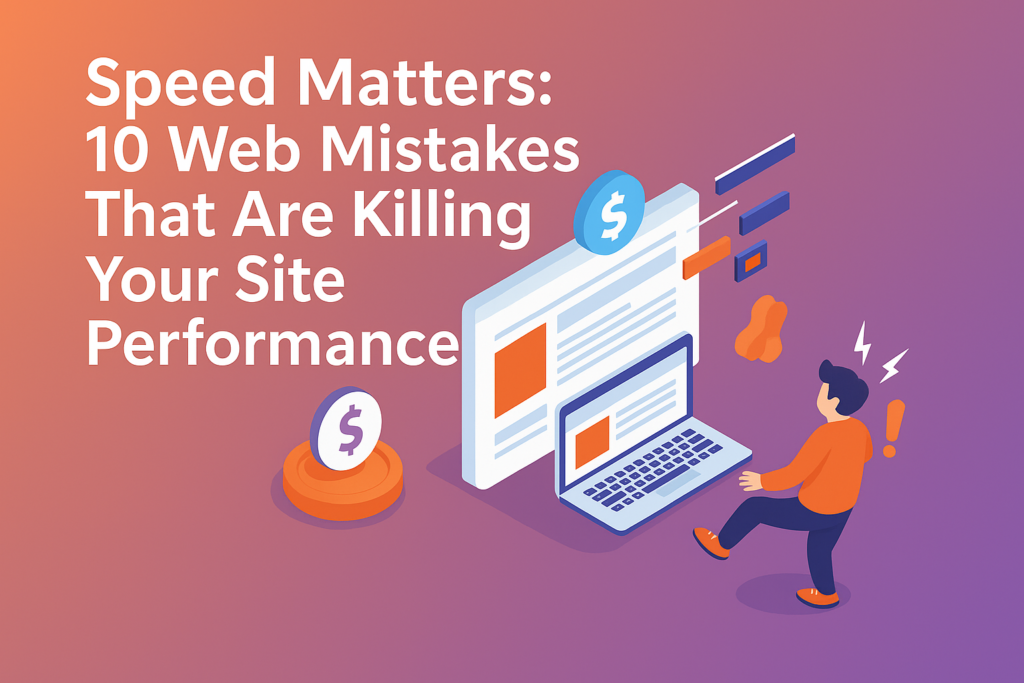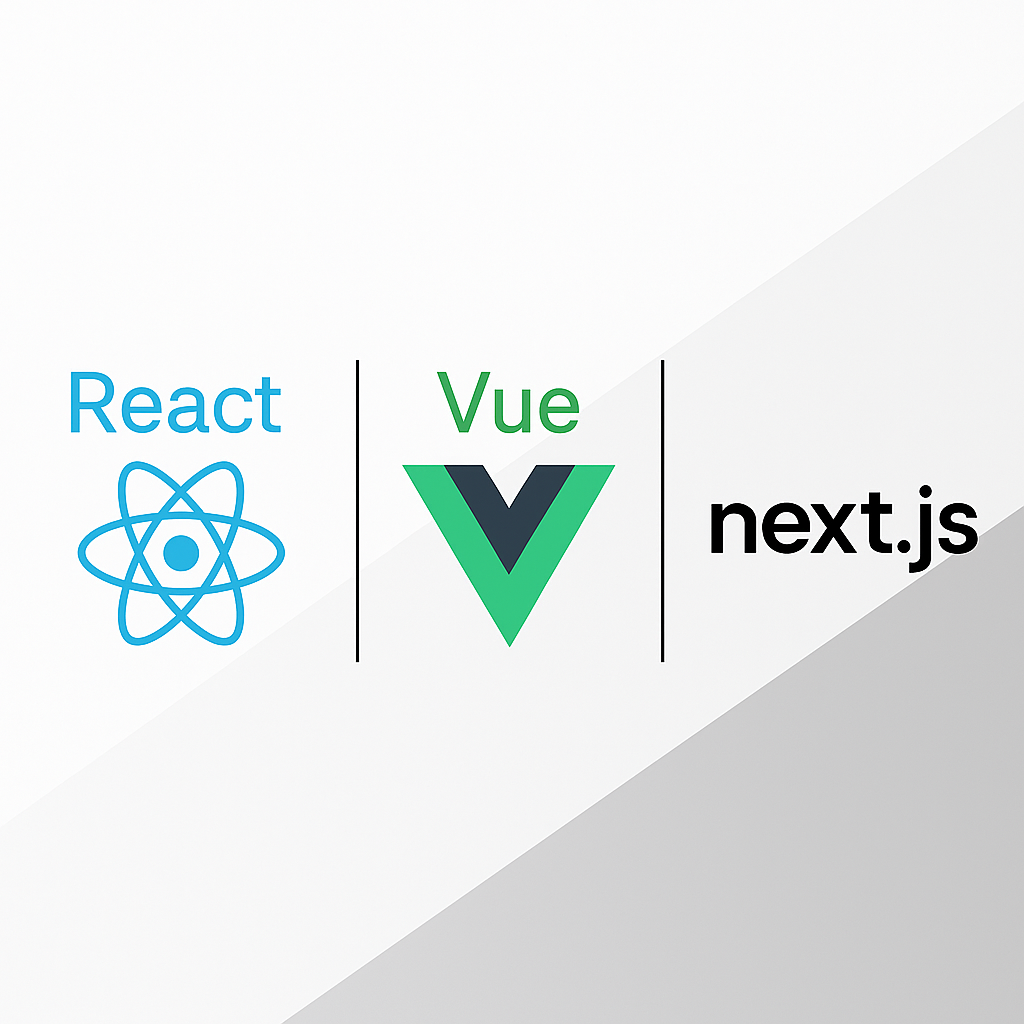Amazon Web Services (AWS) Elastic Compute Cloud (EC2) offers scalable, reliable, and flexible virtual servers for diverse business needs. However, to optimize performance, integrating EC2 with other AWS services like Auto Scaling, Elastic Load Balancing, RDS, S3, CloudWatch, and IAM is crucial. These integrations help maximize efficiency and resource management, boosting EC2’s potential. But how do you know which integrations are right for your setup? This blog explores the best EC2 integrations to enhance infrastructure management, scalability, and efficiency, ensuring you get the most out of your EC2 instances without wasting valuable resources.
What is AWS EC2?
Amazon Elastic Compute Cloud (Amazon EC2) is a service by Amazon Web Services (AWS) that allows you to rent virtual servers, called instances, in the cloud. These instances can run applications, host websites, store data, and handle various tasks without requiring you to manage physical hardware. EC2 is flexible, secure, and cost-effective, making it a great choice for you. Whether you’re hosting websites, analyzing data, or developing software, EC2 provides a reliable and customizable solution for your tasks and workloads.
Key features of EC2 include:
Elasticity and Scalability: With EC2, elasticity ensures you don’t need to worry about sudden traffic spikes or drops in usage. Traditionally, you’d buy or rent extra servers to handle high traffic, but during slow periods, those servers would waste money by sitting idle. EC2’s elasticity, powered by Auto Scaling, solves this problem. Auto Scaling monitors your site and automatically adjusts the number of EC2 instances. More instances are added to maintain performance if traffic increases and slows down your site. If traffic drops, Auto Scaling reduces instances to save costs, ensuring efficient resource use.
Variety of Instance Types: When using Amazon EC2, you can choose different types of virtual machines, called instances, based on your project’s needs, ensuring you don’t overspend on unnecessary resources. For a simple web or game server, a general-purpose instance is suitable. However, if you’re working on machine learning or need to process large data sets quickly, a compute-optimized instance is better. For applications requiring significant memory, like large databases, memory-optimized instances are ideal. If fast data storage is crucial, such as when running Hadoop or NoSQL, storage-optimized instances are the best choice for efficient performance.
Flexible Pricing Models: EC2 offers different ways to pay for virtual servers, so you can pick what works best for you. With On-Demand Instances, you pay by the hour or second for what you use, making it flexible for changing needs. Reserved Instances give you a discount if you commit to using servers for a year or more. Spot Instances are cheaper but can be paused or stopped, making them great for tasks like data analysis or testing. Dedicated Hosts provide a physical server just for you, which is useful for industries with strict regulations, like healthcare or finance, or when you need special software licenses.
Storage Options: In Amazon EC2, there are three main storage options based on your data needs. Elastic Block Store (EBS) provides persistent storage, meaning your data remains saved even if your EC2 instance stops. Instance Store offers temporary storage that is erased when the instance is stopped or restarted, which is ideal for short-term data use. Elastic File System (EFS) is scalable and allows multiple EC2 instances to share files, making it useful when several servers need access to the same data. Each option offers flexibility in managing how data is stored, accessed, and retained.
Security: Together, IAM (Identity and Access Management), VPC (Virtual Private Cloud), security groups, and network ACLs create a strong security system for your EC2 instances. IAM controls who can access your resources, ensuring only the right people or services have permission. VPCs help manage network traffic and protect sensitive data by isolating resources from the public internet. Security groups are stateful, allowing response traffic automatically, while ACLs add extra layers of protection by blocking specific IP ranges. These tools work together to secure your cloud environment, preventing unauthorized access and reducing the risk of attacks.
Load Balancing and Auto Scaling: Load Balancing and Auto Scaling in Amazon EC2 help manage your website’s performance and costs automatically. When traffic spikes, such as during a major news event, Elastic Load Balancing (ELB) spreads the incoming traffic across multiple servers (instances) to prevent slowdowns. Auto Scaling detects the increased load and adds more instances to handle the traffic. Once the event is over and traffic decreases, Auto Scaling removes the extra instances to save costs, while ELB continues to distribute traffic efficiently among the remaining servers. This ensures smooth performance without manual intervention, regardless of traffic changes.
Custom AMIs (Amazon Machine Images): An Amazon Machine Image (AMI) is a blueprint of a virtual server that includes the operating system, software, settings, and files needed to launch instances in Amazon EC2. For example, if you need to set up multiple servers for your website with the same configuration, instead of setting up each one manually, you can create a custom AMI. This saves time and ensures consistency, as you can deploy new instances in minutes. By using a custom AMI, you avoid repeating the same setup process, making it easier and faster to manage and scale your servers efficiently.
High Availability and Reliability: EC2 (Elastic Compute Cloud) ensures high availability by keeping your application or service running smoothly, even when part of the system fails. This means your website or app remains accessible at all times without interruptions. If an issue like a power outage or hardware failure affects one availability zone, EC2 shifts operations to another zone, preventing downtime. In short, high availability guarantees that your system continues to function without disruptions, providing a reliable experience for users, whether you’re managing a website, an app, or any other online service.
Networking Capabilities: Amazon EC2 offers key networking features like Elastic IP addresses, Elastic Network Interfaces (ENIs), and Enhanced Networking. Elastic IP gives your instance a permanent IP address that stays the same even if the instance is restarted. ENIs act like virtual network cards, providing flexibility for different network setups with separate IP addresses and security settings. Enhanced Networking improves data transfer speed and efficiency, making it ideal for high-performance applications like streaming, big data analytics, and real-time systems. These features ensure better connectivity, speed, and flexibility for managing your EC2 instances.
Monitoring and Metrics: CloudWatch helps you monitor and manage your EC2 instances by tracking key performance metrics like CPU usage, memory, disk, and network activity. It allows you to set alarms, so if a metric exceeds a certain threshold, such as CPU usage over 80%, CloudWatch will notify you through email, SMS, or other channels. This helps you respond quickly to potential performance issues before they become critical. You can also create custom metrics to monitor specific aspects of your application. By automating responses and customizing monitoring, CloudWatch ensures your EC2 instances run smoothly, keeping your application efficient and cost-effective. We will explain it in more detail later.
Use Cases of AWS Services Integration with EC2 and Their Benefits
1. Amazon RDS (Relational Database Service)
Amazon RDS is a managed database service that supports several relational database engines like MySQL, PostgreSQL, MariaDB, Oracle, and SQL Server. It simplifies the setup, operation, and scaling of relational databases in the cloud. It helps you to focus on developing features and improving your application rather than managing the underlying database infrastructure.
-
Case Study
-
1. Optimizing Airbnb’s Infrastructure: Harnessing EC2 and RDS for Scalable Performance
Airbnb, a global platform, switched from managing its own MySQL database to using Amazon RDS for MySQL. This change helped them avoid manual tasks like handling backups, software updates, and monitoring. It also allowed Airbnb to grow quickly and expand globally. One major benefit of Amazon RDS is its ability to scale easily, which improves performance for millions of users without slowing things down. The automated backups offered by RDS ensure that Airbnb’s data remains safe and always accessible. This made it easier for this platform to keep growing while providing a high level of service to its users worldwide. In short, Amazon RDS helped Airbnb manage its database more efficiently and securely as the company expanded.
-
By running Airbnb’s web app on EC2 and using RDS for database management, the platform gets extra benefits, such as enhanced security and performance. EC2 handles tasks like processing user requests, search queries, and booking transactions, while RDS manages the database. EC2’s biggest advantage is that it can scale up or down automatically, depending on demand. EC2 provides more power to ensure the app runs smoothly during busy times like holiday seasons or promotions. When traffic decreases, it reduces resources to save costs. Integrating EC2 with RDS improves performance, speeds up response times, and enhances security, helping Airbnb serve users worldwide reliably and efficiently.








